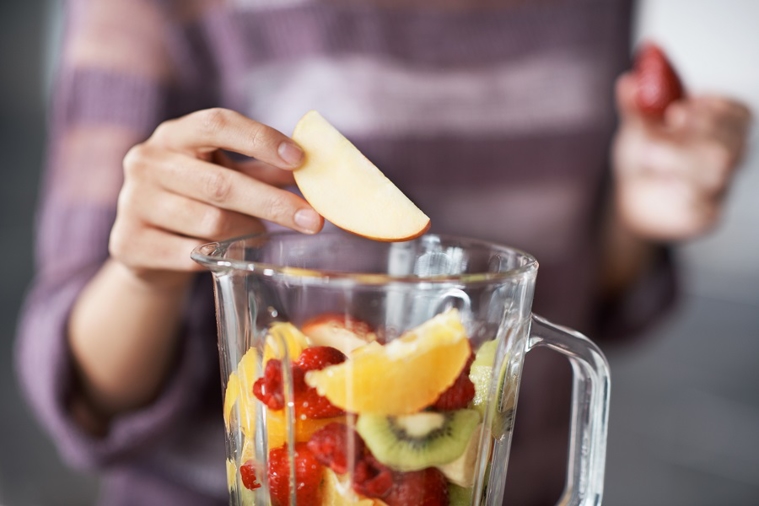What you need to know about sugar alternatives
Mar 8, 2022

When browsing your local grocery store, it can be easy to get overwhelmed by all the artificial sweeteners flooding the shelves.
It can be beneficial to understand what we are consuming and the effects on our bodies. We have provided some helpful tips from the American Diabetes Association to help you navigate healthier decisions when shopping for or preparing sweets.
- Read the labels. Many foods that are advertised as “sugar-free” or “no sugar added” are not carbohydrate-free or lower in carbs. When you consume items that have carbohydrates, your body breaks those carbs into glucose (sugar). That’s why it’s so important to read nutrition labels and understand how many carbs and calories you are consuming, in addition to looking at sugar content.
- Consume sugar in its natural form. Whole fruit is a perfect example of food that contains sugar in its natural form. These types of foods tend to be nutrient-dense, high in fiber and low in glycemic load—meaning it won’t spike your blood glucose. This can be especially important for people with diabetes.
Be aware that even too much natural sugar consumption can lead to tooth decay, weight gain and increased triglycerides. - Understand the purpose of artificial sweeteners. Examples of artificial sweeteners include aspartame, saccharin and sucralose. Artificial sweeteners don’t contribute to tooth decay and cavities, and they contain no calories and can aid in weight loss. Because artificial sweeteners don’t contain carbs, they don’t raise your blood sugar. This can allow individuals with diabetes to enjoy alternatives to their favorite sweets in moderation.
- Moderation is key. Artificial sweeteners and substitutes may aid in weight management but should be used sparingly. Remember that processed foods containing sugar substitutes typically do not offer the same benefits and nutritional value as whole foods.
Looking to cut back on sugar?
Here are some ideas to get you started:
- Carbonated water is a tasty swap for soda.
- Make a morning smoothie with fresh or frozen fruit instead of opting for sugary cereal or pre-packaged pastries.
- Replace dessert with a DIY popsicle or fresh fruit.
- Add your own toppings (like fresh fruit or a low-sugar granola) to yogurt instead of pre-flavored options.
Read the nutrition facts like a pro
Nutrition labels can be a helpful tool so long as we know how to use them. Learn how to decipher nutrition labels for a healthier you.
Related articles

The Gut-Brain Connection: How Your Mental Health Affects Your Gut Health
February 6, 2024

Gut-Healthy Foods: Eating for Your Digestive Health
February 6, 2024

How Looking After Yourself Benefits Your Whole Family
February 5, 2024